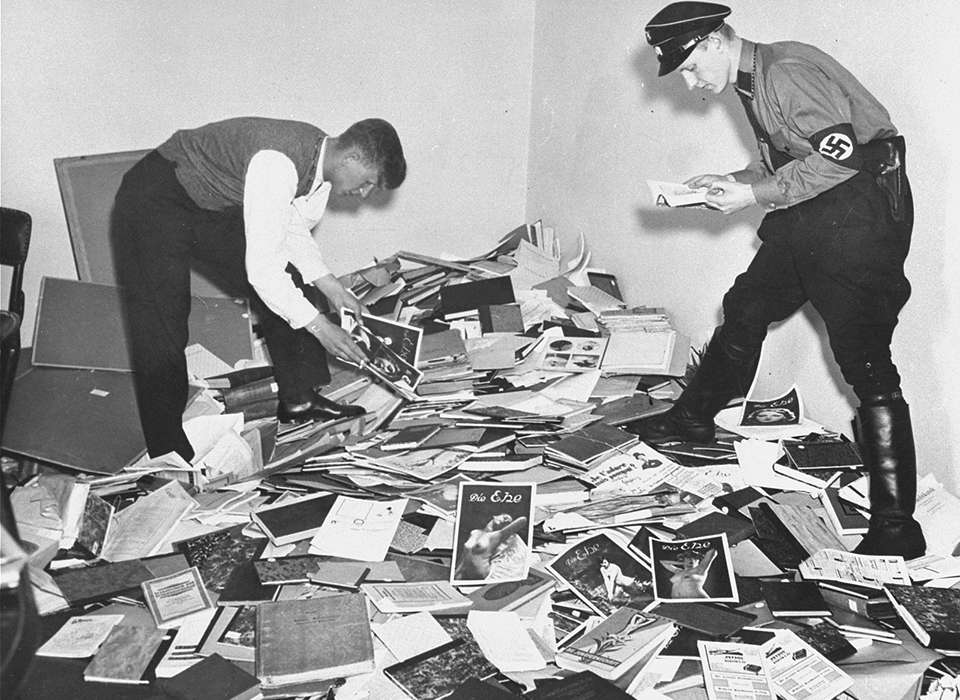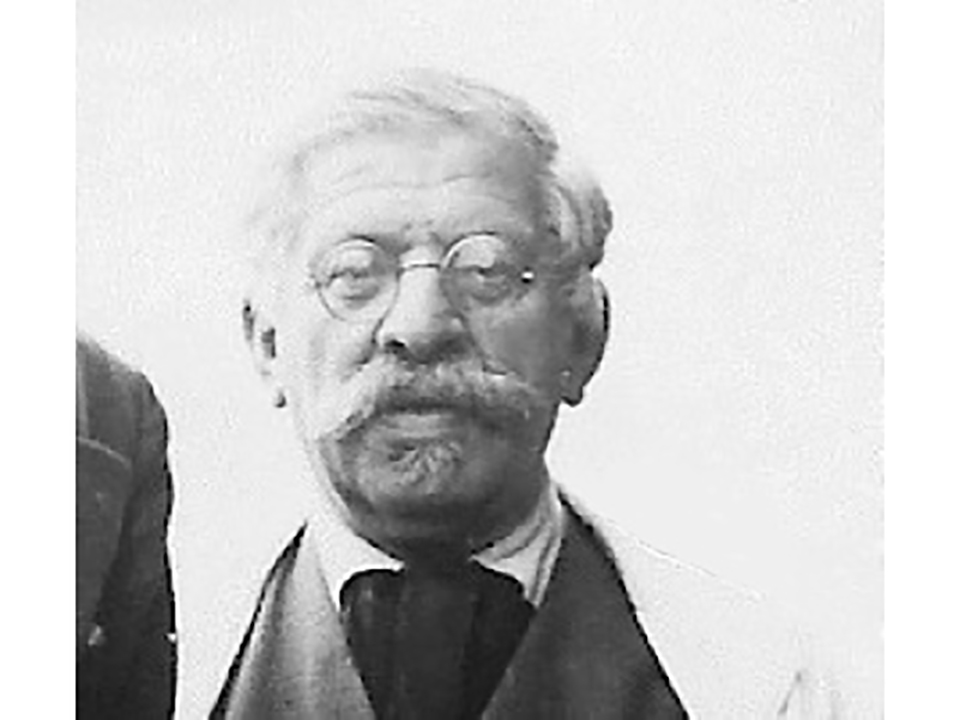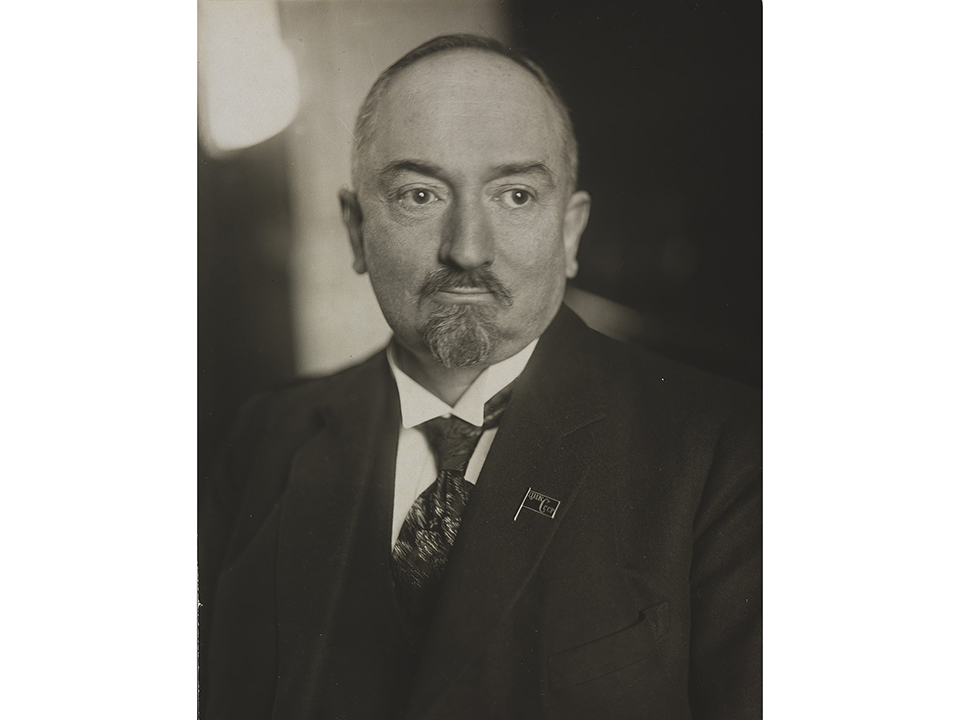Top Image: German students and Nazi SA plunder the library of Dr. Magnus Hirschfeld, Director of the Institute for Sexual Research in Berlin, 1933. United States Holocaust Memorial Museum, courtesy of the National Archives and Records Administration.
If the increasingly anachronistic term “homosexuality” may still be utilized with appropriate contextualization, then a critical historical perspective can settle on 1933-34 as a time of enormous setbacks for homosexual emancipation. In the space of little more than a year this vital cause in the struggle for human freedom and equality suffered a double defeat. “Double” in the sense that in both Germany and the Soviet Union gay and lesbian liberation was abruptly and violently rolled back—in retrospect for decades.
These two countries, beset at the time by the dual monstrosities of Hitler and Stalin, had been places where significant advances had occurred for same-sex relationships during the previous 15 years. In a shockingly brief time, though, virtually all those gains made toward equality in Germany and the USSR were swept away.
In Berlin on May 6, 1933, just over three months after Adolf Hitler became chancellor, members of the SA, the Nazi Party’s stormtroopers, and ultra-nationalist students assembled outside the Institute for Sexual Science, near the Tiergarten in central Berlin. Established by the esteemed sexologist Magnus Hirschfeld (1868-1935), the Institute had emerged as an epicenter of research on the full range of sexualities available to humans. Jewish, gay, and politically on the left, Hirschfeld could expect a triple enmity from adherents to Nazism.
Before 1933, Joseph Goebbels had long denounced Hirschfeld and the Institute for Sexual Science’s claims that homosexuals in fact represented a “third sex,” that same-sex intimacy should not be categorized as criminal, and that people troubled by “physical and psychological sex disorders” should be provided the best counselling and treatment available. Goebbels also knew that the Institute’s presence in Berlin had been backed by the Social Democratic Party of Germany (SPD), in power in Berlin since 1919, and housed the Scientific Humanitarian Committee (founded by Hirschfeld in 1897 to advance homosexual rights) and an international organization, the World League for Sexual Reform. Thus, the opportunity to assault the Institute was eagerly embraced by Nazism’s unleashed thugs.
Atina Grossmann in her superb 1995 Reforming Sex describes how a brass band played while the 10,000 volumes in the Institute’s library were publicly burned, its buildings attacked, and a bust of Hirschfeld destroyed. Hirschfeld, often nicknamed the “Einstein of sex,” could only watch from afar, from his new home of Paris, as everything he had labored to achieve since the 1890s in the field of scientific exploration and understanding of sexuality literally went up in flames. Soon thereafter, the Nazi dictatorship cracked down on the famed gay and lesbian subculture of Berlin, with its own clubs, bars, and publications. Even worse measures followed, starting in the late 1930s, when the Hitler regime revealed just how extreme its homophobia was.
Thirteen months later, in June 1934, another hammer-stroke fell on aspirations for homosexual emancipation. No one was surprised by Nazi suppression of the gay and lesbian milieu in Berlin and elsewhere in Germany. This second case was radically different. The Soviet government under Joseph Stalin devised a law recriminalizing homosexuality. Genrikh Yagoda’s GPU, the secret police, had already been rounding up gay men, but without a law delineating the nature of the offense. The 1934 law (Article 154a of the Criminal Code of the USSR) rectified this omission. In a horrid distortion of the tenets of Marxism, physical intimacy between men became solely identified with the decadent behavior of the old ruling classes. Sentences of hard labor now could be imposed on men who violated the new law. Many of those convicted eventually landed in the notorious Gulag system of forced labor camps.
With the passing of this legislation, Stalin furthered his total betrayal of the October Revolution. Shortly after the Bolsheviks seized power, the new Soviet of People’s Commissars, led by Vladimir Lenin, abolished the old Russian penal code. Elimination of the code meant, among many things, the removal of the laws against sodomy. Decriminalization allowed gay men (there had been much less attention paid to lesbianism in pre-revolutionary Russia) to, in general, live and love much more openly than they ever had before.
The Bolsheviks’ declarations that worldwide workers’ revolution signaled a new era of human emancipation and an end to all forms of unfreedom and discrimination set ablaze the imagination of more than a few men and women, inside and outside the Soviet Union, yearning for sexual freedom. Penal codes drawn up in 1922 and 1926 did not include provisions against same-sex relations (though homophobic attitudes still definitely survived in the Bolshevik ranks). Moreover, that Georgy Chicherin (1872-1936) was gay (he was not outspoken about his sexuality, however) did not hinder his appointment as Leon Trotsky’s successor as People’s Commissar of Foreign Affairs in 1918. He became one of the most visible figures in the USSR until he left the position in 1930. During the 1920s, despite some internal opposition, the Bolshevik regime also established ties with Hirschfeld’s Institute and Soviet sexologists participated in congresses conducted by the World League for Social Reform. In the late 1920s, though, an ominous new turn occurred in Soviet policy toward homosexuality. The 1934 law signaled a complete and draconian reversal of the Bolsheviks’ earlier openness to same-sex sexuality.
The repudiation of a major achievement of the Revolution of 1917 should not be viewed in isolation. Hence, my attempt here briefly to consider it alongside the far less surprising actions taken by the Nazi Party. In the 1930s, the Hitler and Stalin regimes increasingly mirrored one another. They were not twin forms of totalitarianism, however. To be sure, vast differences still separated them ideologically and institutionally. Nonetheless, for the aim of emancipation for same-sex relationships, these developments in 1933-34 represented a catastrophic, double defeat. It would require years to recover the ground lost during that period. And the worst was yet to come.
Jason Dawsey, PhD
Jason Dawsey, PhD, is ASU WWII Studies Consultant in the Jenny Craig Institute for the Study of War and Democracy.
Cite this article:
MLA Citation:
APA Citation:
Chicago Style Citation:







![Max Fuchs, New York City cantor, sings as Rabbi Sydney [sic] Lefkowitz, Richmond, VA, conducts the first Jewish services from Germany.](/sites/default/files/styles/max_650x650/public/2025-10/image1.jpg)



